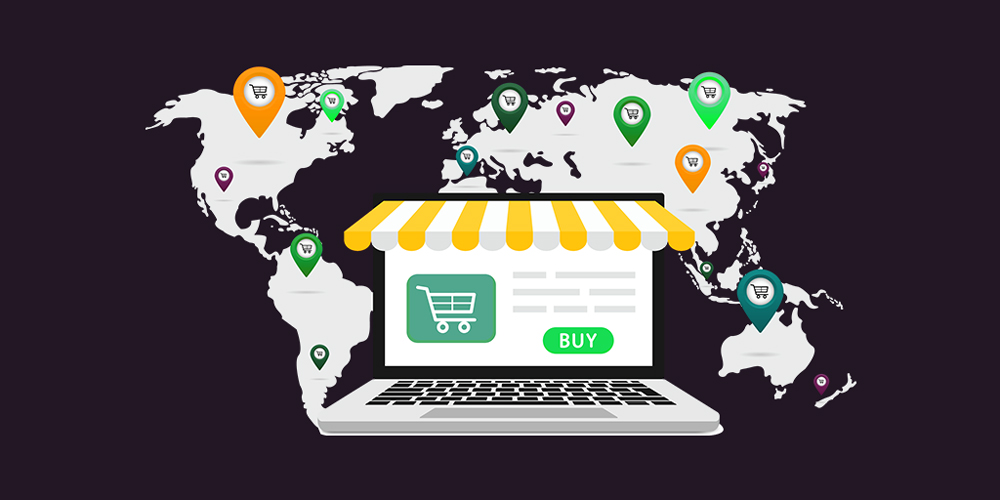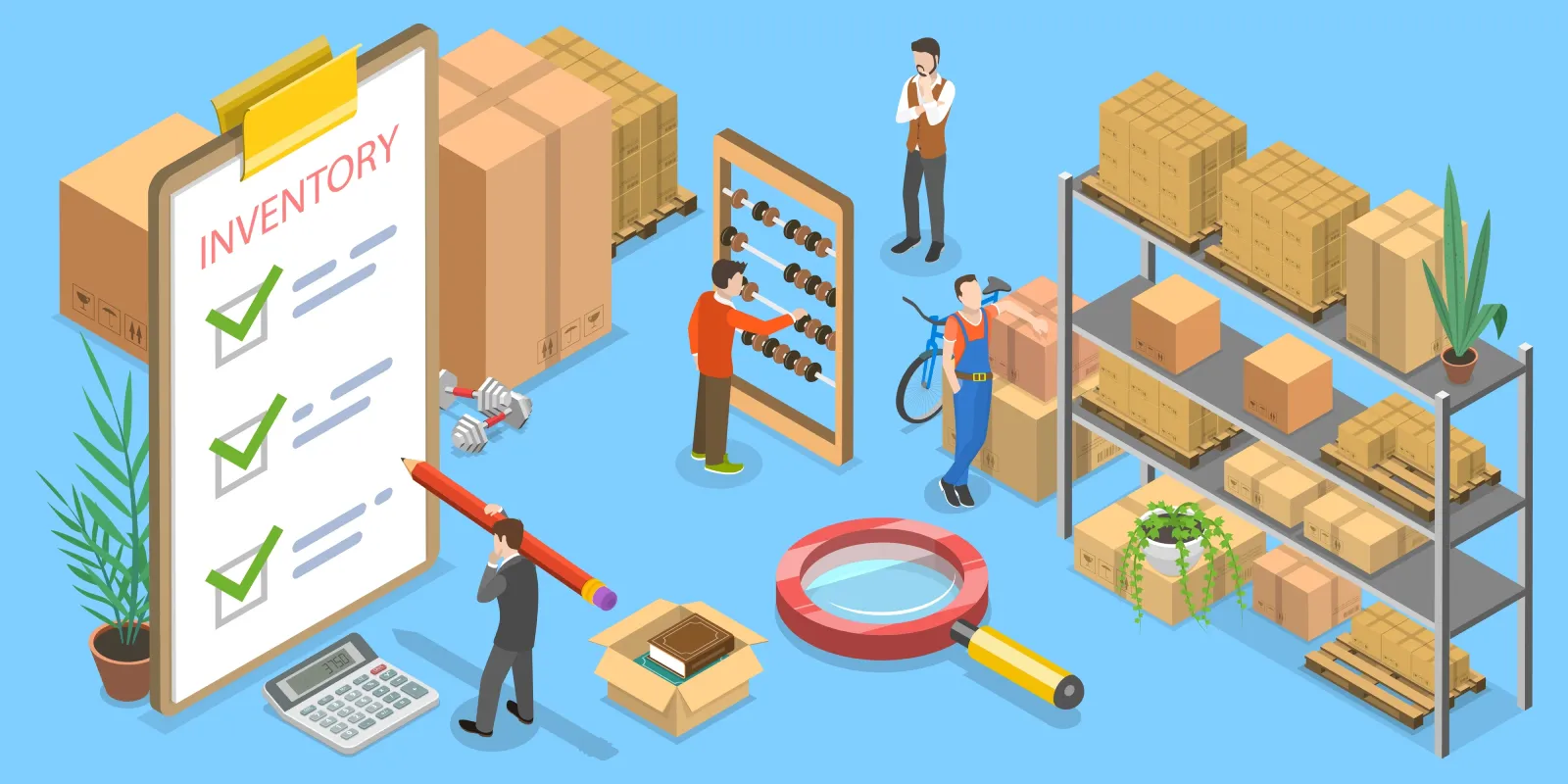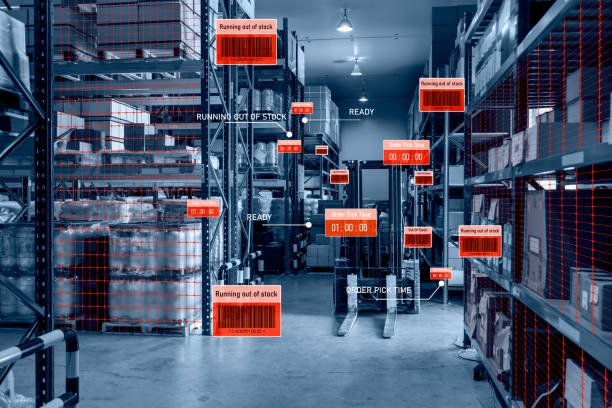Rückwärtslogistik vs. Vorwärtslogistik: Hauptunterschiede und Synergien
In der heutigen Zeit des Wettbewerbs Lieferkettenmanagement Landschaft, das Verständnis des Unterschieds zwischen Rückwärtslogistik und Vorwärtslogistik ist für Unternehmen, die ihre Abläufe rationalisieren wollen, von entscheidender Bedeutung. Während sich die Vorwärtslogistik auf den Transport der Waren vom Lieferanten zum Kunden konzentriert, befasst sich die Rückwärtslogistik mit dem Rückfluss der Produkte. Obwohl diese beiden Prozesse auf den ersten Blick getrennt zu sein scheinen, sind sie untrennbar miteinander verbunden und bieten erhebliche Synergien, die Unternehmen nutzen können. Dieser Artikel befasst sich mit den wichtigsten Unterschieden und Synergien zwischen Rückwärts- und Vorwärtslogistik und zeigt auf, wie ihre Integration die betriebliche Effizienz verbessern kann.
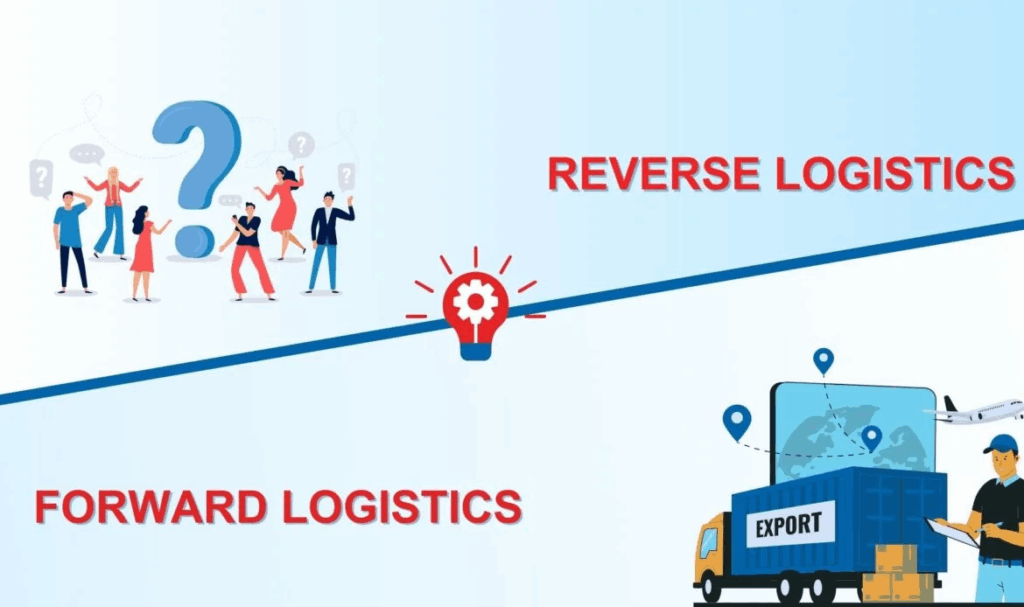
Was ist Speditionslogistik?
Die Terminlogistik bezieht sich auf den traditionellen Warenfluss innerhalb der Lieferkette, von der Produktion bis zur Lieferung an den Endverbraucher. Sie umfasst alle Prozesse, die sicherstellen, dass die Produkte den Kunden erreichen, einschließlich Lagerung, Transport und Auslieferung. Die Speditionslogistik befasst sich in erster Linie mit Erfüllung von Kundenaufträgen, die Pflege der Lagerbestände und die Optimierung der Lieferwege, um eine rechtzeitige Lieferung zu gewährleisten.
Schlüsselkomponenten der Vorwärtslogistik:
- Inventarverwaltung: Sicherstellen, dass die Produkte in der richtigen Menge und am richtigen Ort verfügbar sind.
- Auftragsabwicklung: Kommissionierung, Verpackung und Versand von Produkten an Kunden.
- Transport und Lieferung: Koordinierung der Lieferung von Waren aus den Lagern oder von den Herstellern an die Kunden.
Die Speditionslogistik ist darauf ausgerichtet, die Effizienz bei der Lieferung von Produkten an Kunden zu maximieren und gleichzeitig die Kosten zu minimieren.
Was ist Umkehrlogistik?
Umgekehrte Logistik bezieht sich auf den Prozess der Verwaltung von Produktrückgaben, Rückrufen und Recycling. Im Gegensatz zur Vorwärtslogistik, die sich auf den Transport von Waren vom Hersteller zum Kunden konzentriert, befasst sich die Rückwärtslogistik mit dem Transport von Waren in die entgegengesetzte Richtung - zurück vom Kunden zum Hersteller oder Händler. Dieser Prozess umfasst Rücksendungen, Reparaturen, Recycling und die Entsorgung von Waren, die nicht mehr benötigt werden oder die fehlerhaft sind.
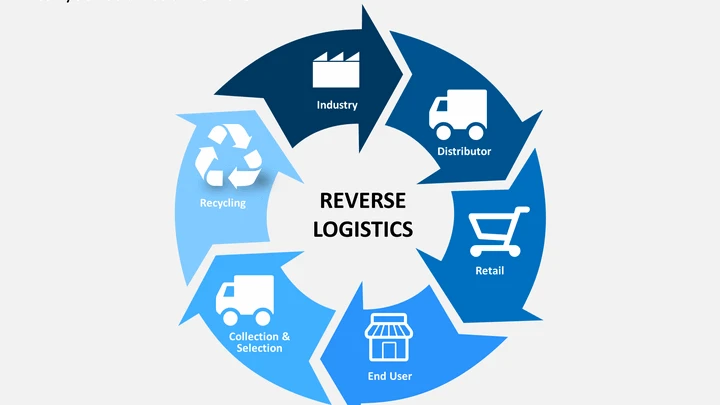
Schlüsselkomponenten der Reverse Logistics:
- Retouren-Management: Bearbeitung von Rücksendungen und Umtausch von Produkten.
- Reparatur und Instandsetzung: Verwaltung von Gegenständen, die repariert oder restauriert werden müssen.
- Recycling und Entsorgung: Aufbereitung unverkäuflicher oder veralteter Produkte zum Recycling oder zur Entsorgung.
Wirksam Rückwärtslogistik in Lieferkettenmanagement ist entscheidend für die Minimierung von Kosten, die Verwaltung von Abfällen und die Verbesserung der Nachhaltigkeitsbemühungen. Darüber hinaus ist die Rückverfolgbarkeit von entscheidender Bedeutung, um sicherzustellen, dass Rücksendungen effizient bearbeitet werden und die Kunden mit der Lösung zufrieden sind.
Hauptunterschiede zwischen Reverse Logistics und Forward Logistics
Obwohl sowohl die Vorwärts- als auch die Rückwärtslogistik für eine erfolgreiche Lieferkette unerlässlich sind, dienen sie unterschiedlichen Zwecken und erfordern unterschiedliche Verfahren und Strategien.
1. Richtung des Warenflusses
- Speditionslogistik: Die Waren gehen vom Hersteller oder Lieferanten zum Verbraucher.
- Umgekehrte Logistik: Die Waren gehen vom Verbraucher zurück zum Hersteller oder Einzelhändler zur Rückgabe, Reparatur oder Entsorgung.
2. Zweck
- Speditionslogistik: Ziel ist es, die Nachfrage der Kunden zu befriedigen und die rechtzeitige Lieferung der Waren zu gewährleisten.
- Umgekehrte Logistik: Ziel ist es, die Rückgabe von Waren zu verwalten, sei es zur Reparatur, zum Recycling oder zur Entsorgung, und die Kundenzufriedenheit sicherzustellen.
3. Involvierte Prozesse
- Speditionslogistik: Dazu gehören Bestandsverwaltung, Verpackung, Versand und Vertrieb.
- Umgekehrte Logistik: Dazu gehören die Verwaltung von Rücksendungen, die Bearbeitung von Rückerstattungen, die Reparatur beschädigter Waren und die Bearbeitung von Produktrückrufen.
4. Auswirkungen auf die Kosten
- Speditionslogistik: Im Allgemeinen sind die Kosten niedriger, da die Produkte an die Kunden geliefert werden.
- Umgekehrte Logistik: Verursacht oft höhere Kosten, da Rücksendungen zu zusätzlichen Transport-, Wiedereinlagerungs- und Entsorgungskosten führen können.
Obwohl diese beiden Prozesse sehr unterschiedlich sind, müssen sie für eine optimale Nutzung integriert werden. Lieferkette Verwaltung. Ein robustes Rückwärtslogistiksystem kann die Vorwärtslogistik ergänzen, indem es die Kundenzufriedenheit erhöht, die Bestandsverwaltung verbessert und den Abfall reduziert.
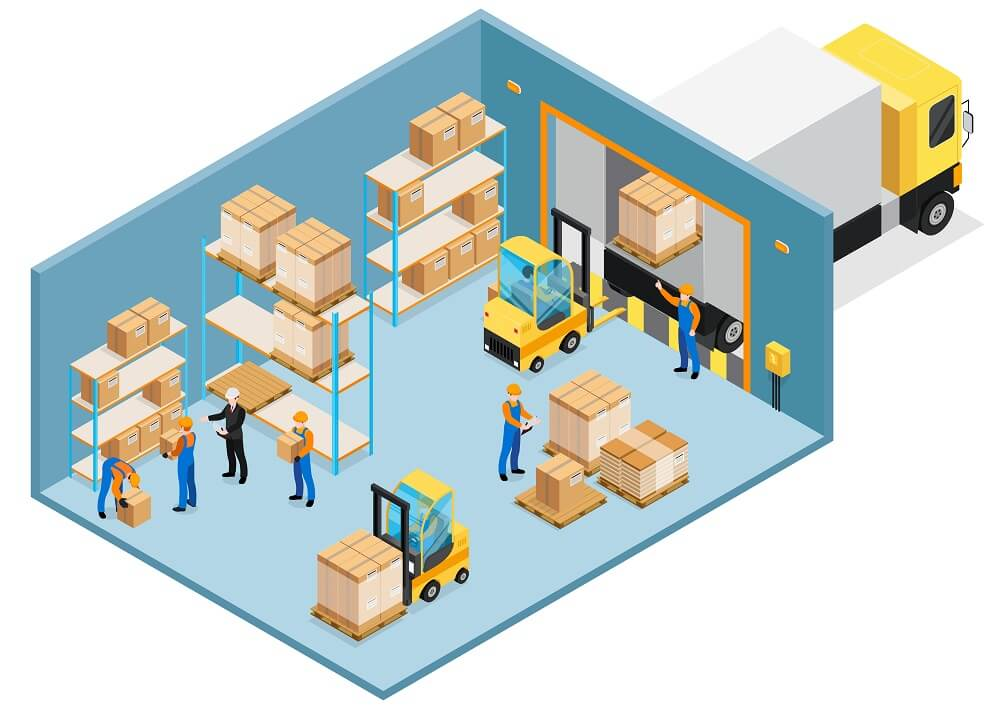
Synergien zwischen Rückwärts- und Vorwärtslogistik
Obwohl Rückwärtslogistik und Vorwärtslogistik unterschiedliche Ziele und Prozesse haben, können sie, wenn sie effektiv integriert werden, erhebliche Synergien schaffen, die die Effizienz verbessern und die Kosten für Unternehmen senken können. Indem sie die Rückwärtslogistik mit der Vorwärtslogistik abstimmen, können Unternehmen ihre Abläufe rationalisieren, den Kundenservice verbessern und die Nachhaltigkeit steigern.
1. Verbesserte Bestandsverwaltung
Durch die Verfolgung von Rücksendungen durch Rückverfolgung der Logistik, können Unternehmen wertvolle Erkenntnisse über Kundenpräferenzen und Produktprobleme gewinnen. Diese Informationen können genutzt werden, um den Lagerbestand anzupassen und bessere Entscheidungen in der Vorwärtslogistik zu treffen. So wird sichergestellt, dass beliebte Produkte immer vorrätig sind und defekte Produkte aus dem Verkehr gezogen werden.
2. Kostenreduzierung
Die Integration der Rückwärtslogistik in die Vorwärtslogistik kann zu Kosteneinsparungen führen. Durch die Konsolidierung von Rücksendungen mit ausgehenden Sendungen können Unternehmen ihre Transportkosten senken. Außerdem wird durch eine effiziente Verwaltung der Rücksendungen sichergestellt, dass die Produkte schnell wieder aufgefüllt und verkauft werden können, was die Rentabilität maximiert.
3. Kundenzufriedenheit
Eine gut organisierte Rücknahmelogistik hilft Unternehmen, Kundenprobleme umgehend zu lösen. Indem sie problemlose Rücksendungen und Umtauschaktionen anbieten, können Unternehmen die Kundenzufriedenheit erhöhen. Dies wiederum führt zu einer besseren Kundenbindung und Loyalität.

4. Nachhaltigkeit
Effiziente Reverse-Logistik-Prozesse tragen auch zu den Bemühungen um Nachhaltigkeit bei. Durch das Recycling oder die Wiederverwendung von zurückgegebenen Produkten können Unternehmen Abfälle reduzieren und zu einer Kreislaufwirtschaft beitragen. Dies kommt nicht nur der Umwelt zugute, sondern verbessert auch den Ruf eines Unternehmens als verantwortungsbewusstes Unternehmen.
Wie die Rückverfolgung der Logistik den Prozess verbessert
Rückverfolgung der Logistik ist für die effiziente Verwaltung von Rücksendungen und Umtauschaktionen unerlässlich. Durch die Bereitstellung von Echtzeit-Updates über den Status von Rücksendungen können Unternehmen sicherstellen, dass die Produkte schnell bearbeitet und wieder aufgefüllt werden. Außerdem können die Kunden ihre Rücksendungen nachverfolgen und so einen reibungslosen und transparenten Prozess sicherstellen.
Vorteile der Rückverfolgbarkeit in der Logistik:
- Transparenz für Kunden: Die Kunden können den Status ihrer Rücksendungen überprüfen, was ihre Erfahrung und ihr Vertrauen in das Unternehmen verbessert.
- Schnellere Verarbeitung: Die Rückverfolgung hilft den Unternehmen, den Rückgabeprozess zu beschleunigen, Verzögerungen zu reduzieren und sicherzustellen, dass die Produkte schnell wieder aufgefüllt oder recycelt werden.
- Bessere Daten für die Entscheidungsfindung: Durch die Nachverfolgung von Rücksendungen können Unternehmen wertvolle Daten über die Produktleistung und das Kundenverhalten sammeln und so sowohl die Vorwärts- als auch die Rückwärtslogistik optimieren.
Eine effektive Rückwärtslogistik sorgt dafür, dass Unternehmen die Kontrolle über ihre Abläufe behalten, die Kosten senken und die Gesamteffizienz verbessern.
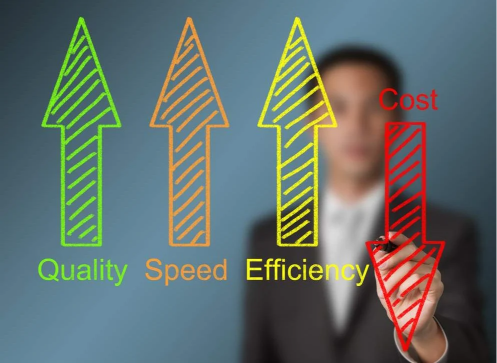
Schlussfolgerung: Der Schlüssel zu einer erfolgreichen Lieferkette
Für Unternehmen, die ihre Lieferkette optimieren wollen, ist es wichtig, die Unterschiede und Synergien zwischen Rückwärts- und Vorwärtslogistik zu verstehen. Durch die Integration der Rückwärtslogistik in die Gesamtlogistikstrategie können Unternehmen ihre Abläufe rationalisieren, Kosten senken und die Kundenzufriedenheit verbessern. Mit Hilfe von fortschrittlichen Rückverfolgung der Logistik, können Unternehmen sicherstellen, dass Rücksendungen und Umtauschvorgänge schnell und effizient bearbeitet werden, was zu einer reibungsloseren und effektiveren Lieferkette beiträgt.
Um Ihren Rückwärtslogistikprozess zu rationalisieren, entdecken Sie Lösungen unter PostalParcel. Wir bieten innovative Tools für die Verwaltung der Rücknahmelogistik und die Verfolgung von Rücksendungen, um sicherzustellen, dass Ihre Lieferkette für den Erfolg optimiert ist.
Einblicke in die Industrie
Nachrichten über den Posteingang
Nulla turp dis cursus. Integer liberos euismod pretium faucibua


